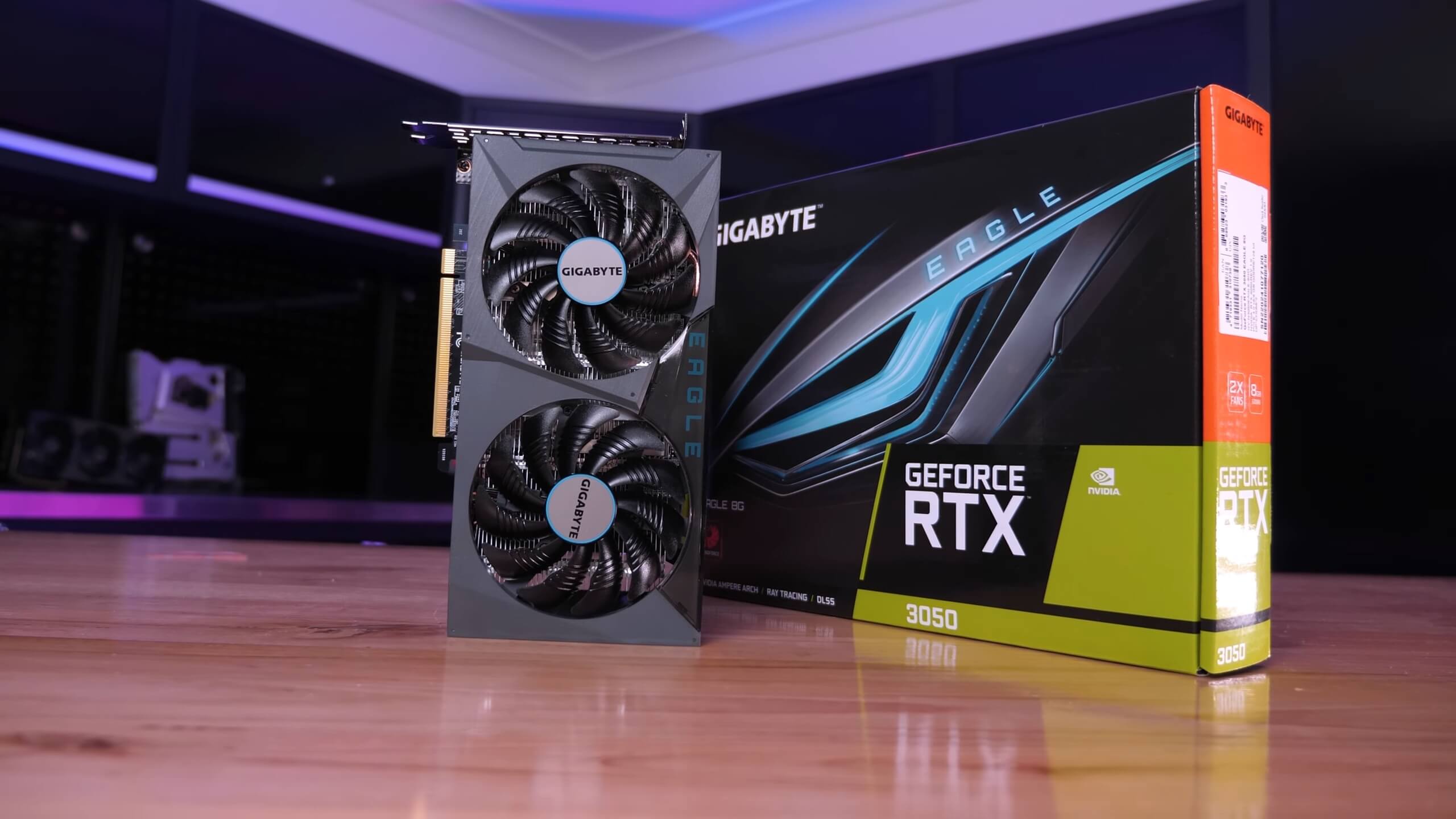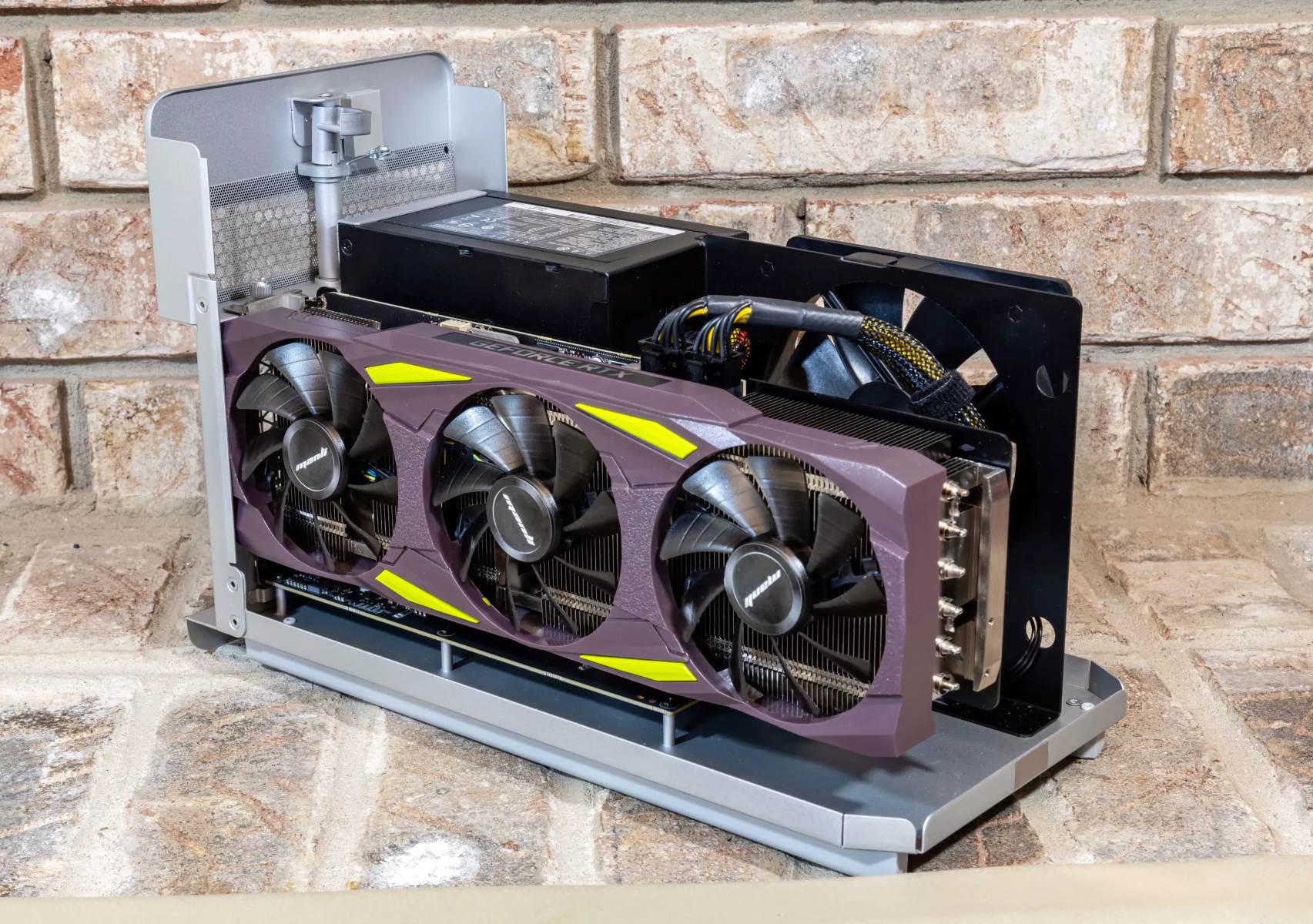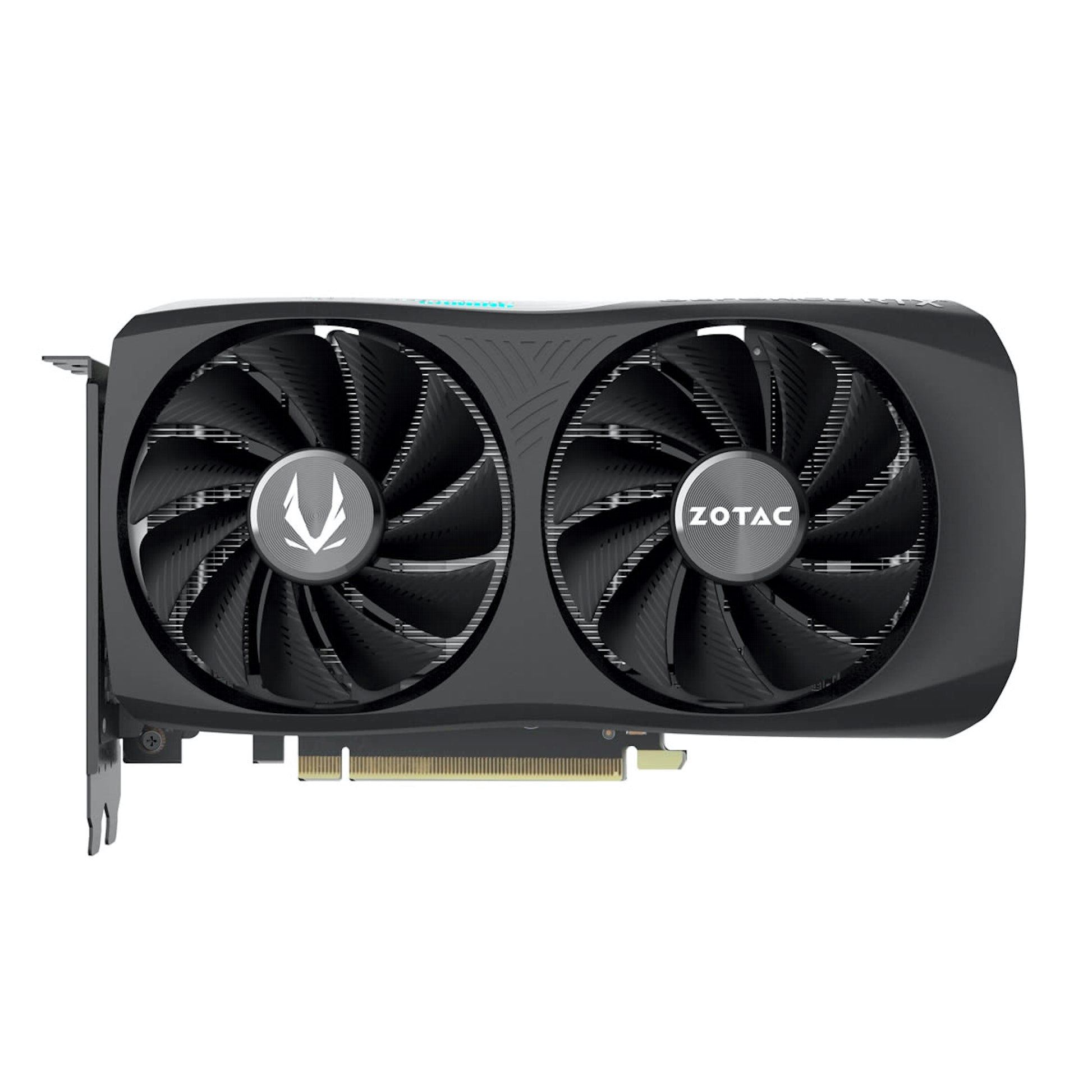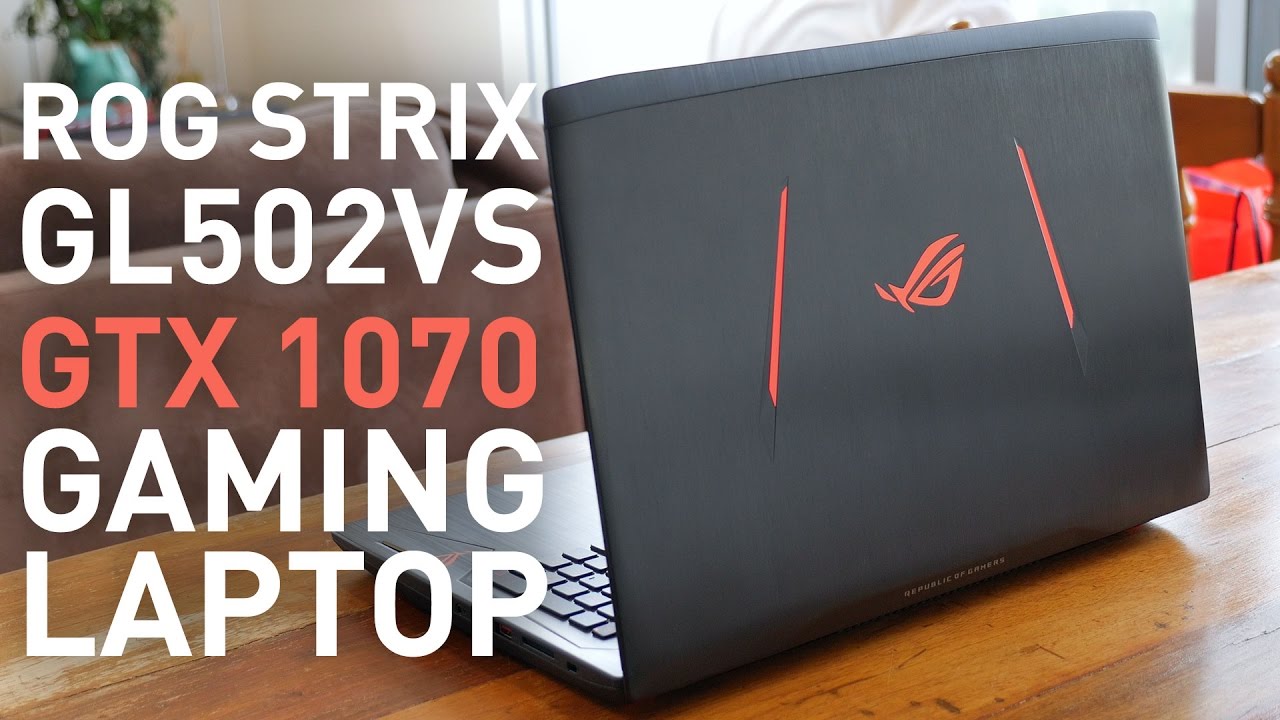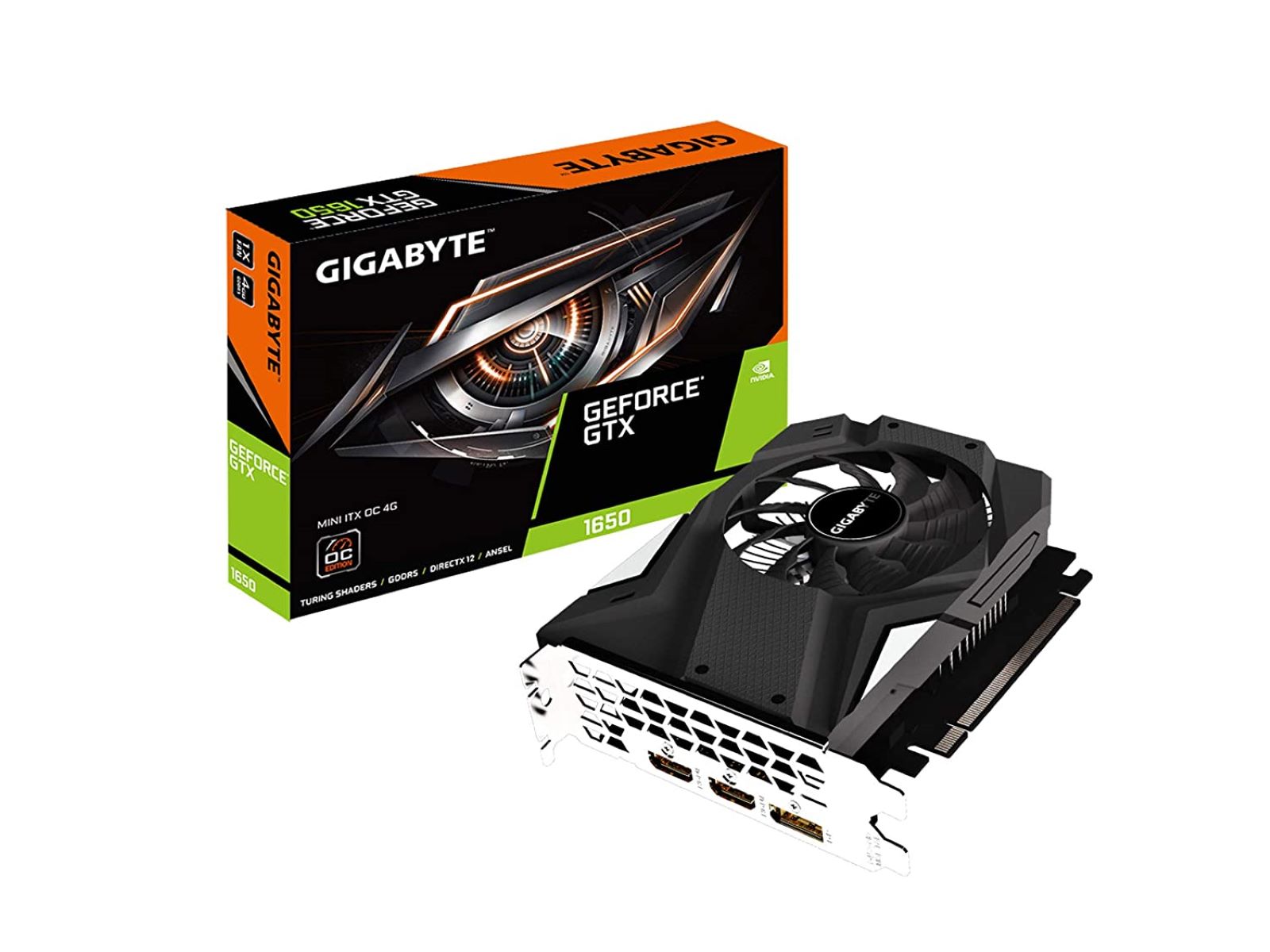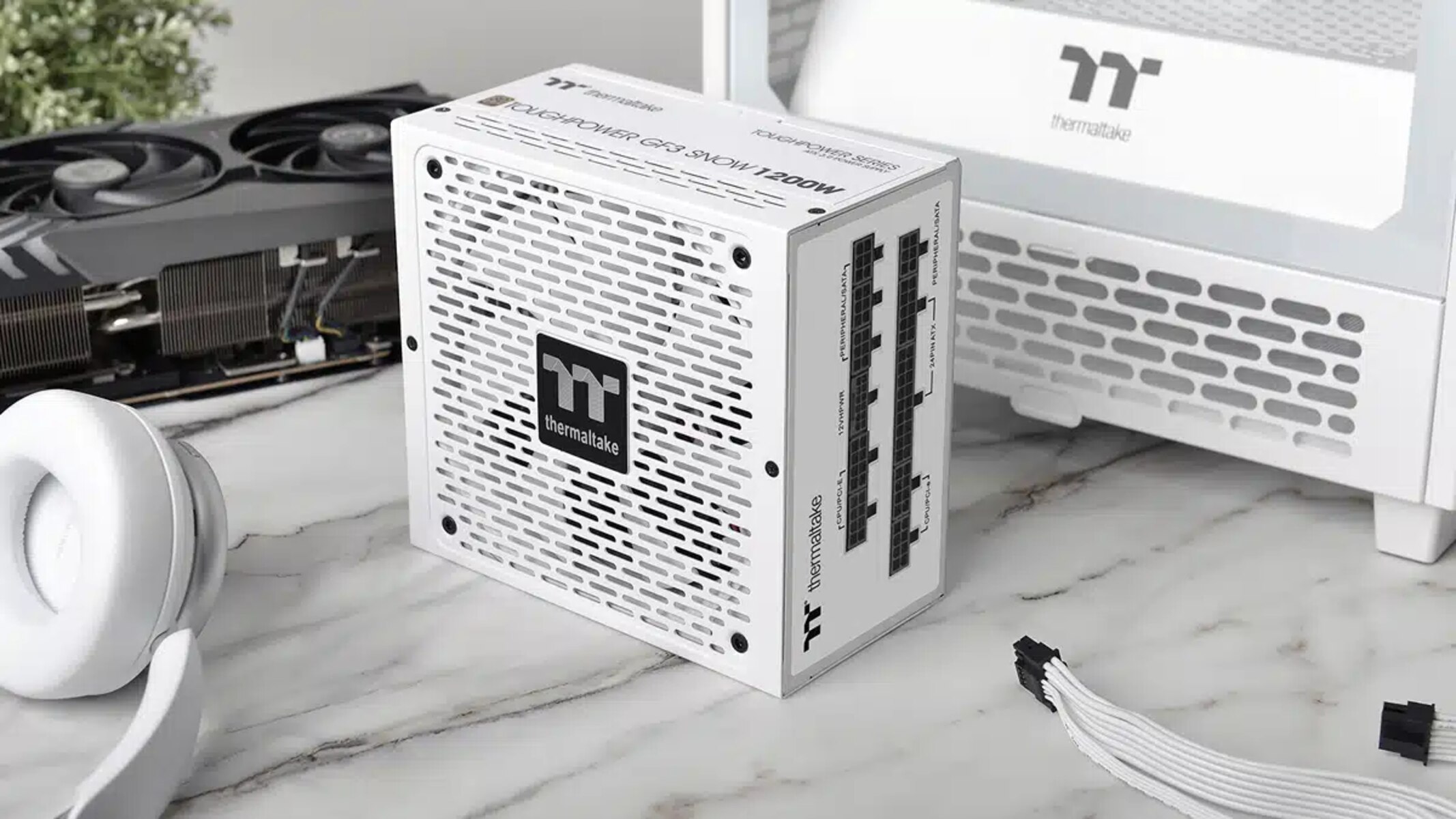What Does RTX Stand For in GPU?
RTX stands for “Ray Tracing X”. It refers to a series of GPUs (Graphics Processing Units) developed by NVIDIA, a leading manufacturer in the field of computer graphics. The RTX series was specifically designed to introduce real-time ray tracing capabilities to gaming and other graphical applications.
Ray tracing is a rendering technique that simulates the behavior of light in a virtual environment. It allows for more accurate and realistic lighting, shadows, and reflections in 3D graphics. With the RTX GPUs, NVIDIA introduced dedicated hardware called “RT Cores” that greatly accelerates the ray tracing process, making it feasible to achieve real-time ray tracing in games.
Real-time ray tracing has been a long-awaited milestone in computer graphics, as it offers a significant leap in visual fidelity. It enhances the overall realism of in-game environments, bringing them closer to what the human eye perceives in the real world. By accurately calculating the path of light rays in a scene, RTX GPUs can create stunningly lifelike visuals, with better lighting and reflections than traditional graphics rendering techniques.
Moreover, the “X” in RTX symbolizes the overall performance and capabilities of the GPUs. The RTX series not only brings ray tracing to gaming but also incorporates other advanced technologies like AI-enhanced graphics and variable rate shading. These technologies further enhance the visual experience by optimizing performance and improving image quality.
It is important to note that while RTX GPUs excel in ray tracing, they are also fully capable of traditional rasterization, the standard graphics rendering technique used in most current games. This versatility allows users to enjoy both the visual enhancements of ray tracing and the high frame rates demanded by competitive gaming.
In the next section, we will compare the RTX series with the previous GTX series to understand the evolution of NVIDIA’s GPUs and their impact on gaming and graphics.
What is GPU?
A GPU, or Graphics Processing Unit, is a specialized electronic circuit that is primarily designed to accelerate and optimize the rendering of computer graphics. It is an essential component of modern computers, gaming consoles, and mobile devices, facilitating the display of images, videos, and animations on screens.
Unlike the CPU (Central Processing Unit), which handles general-purpose tasks for the entire computer system, the GPU specifically focuses on processing and rendering visual data. It contains hundreds or even thousands of smaller cores that work in parallel to perform complex calculations required for rendering graphics.
Initially, GPUs were primarily used for 2D and 3D graphics rendering, enabling the creation of realistic visuals in video games, simulations, and animation. However, with advancements in technology, GPUs have expanded their capabilities to other computationally intensive tasks, such as machine learning, cryptocurrency mining, video encoding, and scientific simulations.
One of the key features that distinguish GPUs from CPUs is their ability to perform calculations simultaneously on a large number of data points. This parallel processing power allows GPUs to handle complex graphics algorithms efficiently, resulting in smooth and visually appealing graphics. GPUs also have specialized memory architecture optimized for handling texture mapping, pixel shading, and other graphics-related operations.
Over the years, GPUs have evolved significantly in terms of performance, power efficiency, and features. They have become faster, more efficient, and capable of handling increasingly complex and realistic graphics. This evolution is driven by the demands of the gaming industry, which constantly pushes for more immersive and visually stunning gaming experiences.
In the next section, we will delve deeper into the specifics of NVIDIA’s RTX series, comparing it to the previous GTX series to understand the advancements in GPU technology and its impact on gaming.
What is RTX?
RTX, which stands for “Ray Tracing X,” is a series of GPUs (Graphics Processing Units) developed by NVIDIA. It is a significant breakthrough in graphics technology that introduces real-time ray tracing capabilities to gaming and other graphical applications.
Ray tracing is a rendering technique that simulates the behavior of light in a virtual environment. It accurately calculates the path of individual rays of light as they interact with objects in a scene, resulting in more realistic lighting, shadows, and reflections. Traditionally, ray tracing was computationally expensive and impractical for real-time applications. However, NVIDIA’s RTX series utilizes dedicated hardware called “RT Cores” to accelerate the ray tracing process, making it possible to achieve real-time ray tracing in games.
Real-time ray tracing brings a new level of visual realism to gaming. It allows for more accurate and natural lighting, dynamic shadows, and lifelike reflections, elevating the overall visual fidelity of game environments. With RTX technology, game developers can create more immersive and captivating experiences by replicating how light interacts with objects in the real world.
In addition to real-time ray tracing, the RTX series incorporates other advanced technologies to enhance graphics performance and image quality. These include AI-powered graphics enhancements, called DLSS (Deep Learning Super Sampling), which uses machine learning to upscale lower-resolution images without sacrificing quality. DLSS can significantly boost performance in demanding games while maintaining stunning visuals.
Another feature of the RTX series is variable rate shading (VRS), which allows developers to allocate GPU resources more efficiently by selectively reducing the level of detail in less critical parts of the screen. This results in improved performance without significant visual impact, making gameplay smoother and more responsive.
Overall, RTX represents a significant leap in GPU technology, bringing real-time ray tracing and other advanced features to the gaming industry. It enables gamers to experience more visually immersive and realistic worlds, enhancing the overall enjoyment and immersion in their favorite games.
In the next section, we will compare the RTX series with the previous GTX series to understand the differences and the impact of these advancements.
RTX vs GTX
The RTX and GTX series are two distinct lines of GPUs developed by NVIDIA with different performance capabilities and features. Understanding the differences between these series can help users make informed decisions when choosing a graphics card for their specific needs.
The primary difference between RTX and GTX lies in the inclusion of real-time ray tracing technology in the RTX series. The RTX GPUs incorporate specialized hardware called “RT Cores” that accelerate the ray tracing process, offering real-time ray tracing capabilities in supported games and applications. This technology brings more realistic lighting, shadows, and reflections to in-game environments, significantly elevating visual fidelity.
On the other hand, GTX GPUs focus on providing powerful graphics performance without the dedicated ray tracing hardware. They excel in traditional rasterization, the standard graphics rendering technique used in most games. GTX series GPUs are still capable of delivering stunning visuals and high frame rates, making them a popular choice for gamers who prioritize performance in non-ray traced games or have budget constraints.
Another key difference is the inclusion of advanced features in the RTX series. Alongside real-time ray tracing, RTX GPUs come with technologies like DLSS (Deep Learning Super Sampling) and variable rate shading (VRS). DLSS leverages machine learning to upscale lower-resolution images, resulting in improved performance without compromise to image quality. VRS allows developers to allocate GPU resources more efficiently, further enhancing performance in games.
Additionally, the RTX series of GPUs typically boast higher CUDA core counts and faster memory, which contribute to improved overall performance compared to similar GTX models of the same generation. This makes RTX GPUs well-suited for demanding games that leverage real-time ray tracing and other advanced graphics features.
However, it is essential to consider the specific requirements and budget of the user when choosing between RTX and GTX GPUs. While RTX GPUs offer more advanced features and cutting-edge technology, they are generally more expensive. GTX GPUs, on the other hand, provide excellent performance at a more affordable price point.
In summary, the RTX series introduces real-time ray tracing technology, advanced features like DLSS and VRS, and improved overall performance compared to GTX GPUs. However, GTX GPUs remain a solid choice for gamers looking for high-performance graphics cards without the added cost of real-time ray tracing capabilities.
Features of RTX
The RTX series of GPUs from NVIDIA offers a range of features that elevate the gaming and graphics experience. These features go beyond traditional rendering techniques and introduce cutting-edge technologies that enhance visuals, performance, and efficiency.
Real-Time Ray Tracing: The standout feature of the RTX series is its ability to perform real-time ray tracing. With dedicated hardware called RT Cores, RTX GPUs can accurately simulate the behavior of light, resulting in more realistic lighting, shadows, and reflections in games and other graphical applications. Real-time ray tracing adds an unprecedented level of visual fidelity and immersion.
DLSS (Deep Learning Super Sampling): DLSS is an AI-powered graphics enhancement feature exclusive to RTX GPUs. It utilizes machine learning algorithms to upscale lower-resolution images in real-time. The result is improved image quality without sacrificing performance, allowing gamers to enjoy smooth gameplay at higher resolutions.
Variable Rate Shading (VRS): VRS is a technique that allows developers to allocate GPU resources more selectively. It dynamically adjusts the level of detail in different parts of the screen, optimizing performance without significant visible impact. VRS improves efficiency, ensuring smoother and more responsive gameplay.
High CUDA Core Count: RTX GPUs typically boast higher CUDA core counts compared to their GTX counterparts. This increase in core count enables faster and more efficient parallel processing, leading to improved overall graphics performance in games and other GPU-intensive tasks.
Fast Memory: The RTX series incorporates fast GDDR6 memory, which allows for quicker data transfer and improves overall graphics performance. The faster memory bandwidth ensures smooth gameplay and reduces any potential bottlenecks when rendering complex scenes.
AI Tensor Cores: RTX GPUs come equipped with AI Tensor Cores, which accelerate AI and machine learning tasks. These cores enhance DLSS performance, enabling the AI-powered upscaling to deliver crisper and more detailed visuals while maintaining high framerates.
Support for AV1 Codec: RTX series GPUs support the efficient AV1 video codec, which offers improved compression and streaming quality. This feature ensures smoother playback of high-resolution videos and reduces bandwidth requirements for streaming platforms.
These features collectively bring significant advancements to gaming and graphics, offering users stunning visuals, improved performance, and enhanced efficiency. The RTX series demonstrates NVIDIA’s commitment to pushing the boundaries of GPU technology and providing gamers and creators with a next-generation computing experience.
RTX Performance
The RTX series of GPUs from NVIDIA delivers impressive performance, leveraging advanced technologies to provide smooth and visually captivating gaming experiences. The combination of real-time ray tracing, AI enhancements, and other features allows RTX GPUs to excel in demanding and graphically intensive applications.
Real-time ray tracing, a key feature of RTX GPUs, significantly enhances visual fidelity by accurately simulating the behavior of light. This technology brings more realistic lighting, shadows, and reflections to game environments, resulting in stunning visuals that were previously unattainable with traditional graphics rendering techniques.
The inclusion of AI-powered DLSS (Deep Learning Super Sampling) further boosts performance without compromising image quality. DLSS employs machine learning algorithms to upscale lower-resolution images, providing sharper visuals and improved performance in games. By using AI to enhance graphics rendering, RTX GPUs can achieve higher framerates and smoother gameplay without sacrificing visual fidelity.
Additionally, RTX GPUs feature variable rate shading (VRS), which allows developers to allocate GPU resources more efficiently. By reducing the level of detail in less critical parts of the screen, VRS improves performance without noticeable impact on visual quality. This optimization ensures that gamers can enjoy fast and responsive gameplay even in graphically demanding scenarios.
Furthermore, the high CUDA core count and fast memory of RTX GPUs contribute to their exceptional performance. The large number of CUDA cores enables parallel processing, allowing for faster calculations and rendering of complex graphics. The fast GDDR6 memory ensures quick data transfer, reducing bottlenecks and enhancing overall graphics performance.
When it comes to gaming, RTX GPUs showcase their potential by delivering high framerates at high resolutions. They excel in modern AAA titles that have embraced real-time ray tracing, providing gamers with an immersive experience filled with lifelike lighting effects and reflections.
Beyond gaming, RTX GPUs also perform exceptionally well in other GPU-intensive tasks such as rendering, video editing, and machine learning. The dedicated RT cores and AI Tensor cores enable faster computation and acceleration of these tasks, improving productivity and reducing rendering times.
It’s important to note that specific performance can vary depending on the model and specifications of the RTX GPU, as well as the optimization of individual games and applications. However, overall, the RTX series demonstrates impressive performance capabilities, allowing users to enjoy visually stunning graphics and smooth gameplay.
In the next section, we will discuss whether the advancements and performance offered by RTX GPUs make them worth the investment.
Is RTX Worth It?
When considering whether investing in an RTX GPU is worth it, several factors come into play, including budget, personal preferences, and the specific use case. While the RTX series offers cutting-edge features and impressive performance, it’s important to evaluate if these benefits align with your needs and priorities.
One of the key advantages of RTX GPUs is their ability to deliver real-time ray tracing, significantly enhancing visual fidelity and immersion in games. If you value realistic lighting, shadows, and reflections, and want to experience the latest advancements in gaming graphics, investing in an RTX GPU can offer a remarkable visual experience.
Additionally, the inclusion of DLSS (Deep Learning Super Sampling) in RTX GPUs can provide improved performance and image quality. DLSS utilizes AI-powered upscaling techniques to deliver sharper visuals and higher framerates, allowing for smoother gameplay at higher resolutions. This feature is particularly valuable for gamers who prioritize smooth performance without sacrificing visual quality.
However, it’s worth noting that real-time ray tracing and DLSS are still relatively new technologies, and not all games and applications fully support them. While the number of RTX optimized games is steadily growing, if you primarily play older or less graphically demanding titles, the benefits of having an RTX GPU might not be as significant.
Another consideration is the price point of RTX GPUs. The advanced features and technology included in the RTX series often come with a higher price tag compared to previous GTX series or other alternative graphics cards. If you have a limited budget or are content with traditional rendering techniques, it might be more cost-effective to invest in a non-RTX GPU that still offers excellent performance for your specific needs.
Moreover, if you primarily use your computer for tasks like productivity, video editing, or machine learning, where real-time ray tracing is less relevant, the advantages of an RTX GPU might not outweigh the extra cost. In such cases, it may be more prudent to consider a GPU that better suits your specific requirements and offers better value for money.
Ultimately, the decision of whether an RTX GPU is worth it depends on your personal preferences, budget, and the specific use case. If you prioritize cutting-edge visuals, real-time ray tracing, and AI-enhanced performance, the RTX series can provide an exceptional gaming and graphics experience.
However, for those who have a limited budget, primarily play older games, or don’t require the latest advancements in graphics technology, there are alternative GPU options that can still deliver excellent performance at a more affordable price point.
In the next section, we will sum up the key points discussed and provide a final overview of the RTX series and its impact on gaming and graphics.
Conclusion
The RTX series of GPUs from NVIDIA represents a significant advancement in graphics technology. With real-time ray tracing, AI-powered enhancements like DLSS, and other features, RTX GPUs offer visually stunning graphics and improved performance for gaming and other GPU-intensive tasks.
The inclusion of real-time ray tracing in the RTX series brings a new level of realism and immersion to game environments. It accurately simulates the behavior of light, resulting in more realistic lighting, shadows, and reflections. Combined with DLSS, which uses AI to upscale lower-resolution images without sacrificing quality, RTX GPUs deliver exceptional visual fidelity and smooth gameplay.
Furthermore, the high CUDA core counts, fast memory, and other technological advancements in the RTX series contribute to outstanding overall performance. These GPUs excel in demanding games and tasks, providing an enhanced gaming and computing experience.
However, the decision to invest in an RTX GPU depends on individual needs and considerations. Budget, compatibility with games and applications, and the prioritization of advanced graphics features are factors that should be weighed before making a decision. Those who play older or less graphically demanding games might find the benefits of an RTX GPU less significant.
Additionally, alternative GPUs without real-time ray tracing capabilities can still deliver excellent performance at a more affordable price point. It’s important to choose a GPU that aligns with your specific requirements and budget.
In summary, the RTX series of GPUs from NVIDIA offers groundbreaking technology and performance improvements in gaming and graphics. With real-time ray tracing, AI-powered enhancements, and other features, the RTX GPUs provide exceptional visuals and enhance the overall gaming experience. However, the decision to invest in an RTX GPU should be based on personal needs, preferences, and budget constraints.
Whether you choose an RTX GPU or an alternative, NVIDIA’s dedication to pushing the boundaries of GPU technology ensures that gamers and graphics enthusiasts have access to cutting-edge hardware that continues to redefine the gaming and graphics landscape.







